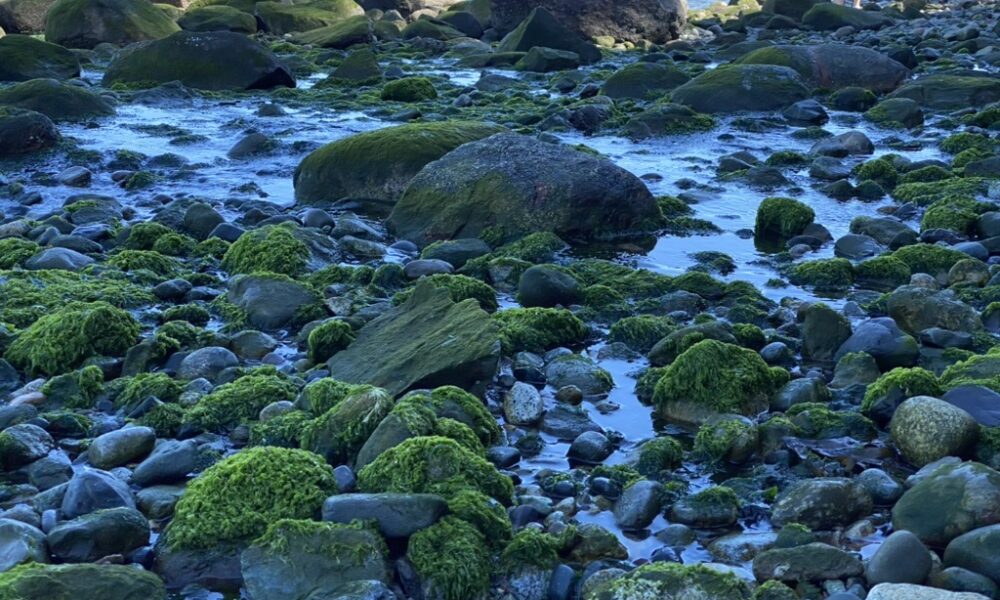On Nov. 21, McGill’s Barrett Lab hosted a public talk, “Ecology and evolution of aquatic microbiomes: from inland lakes to the Arctic Ocean,” as part of the Conservation, Ecology, Evolution & Behaviour (CEEB) research initiative. In this event, David Walsh, professor in Concordia’s Department of Biology, presented his research on aquatic microbial diversity in both marine and freshwater ecosystems.
To begin, Walsh discussed the importance of his research, noting the scale at which microbes permeate our ecosystems and dominate all other living organisms in terms of population size and total living biomass.
“Plants are still a winner as far as biomass [alone] goes, but most of the biomass of trees is dead, such as cellulose [and] structural polymers, so thinking about living biomass, it’s really the microorganisms,” Walsh explained in his talk.
Overall, microorganisms play a critical role in maintaining a healthy aquatic ecosystem, from phytoplankton generating organic matter for the rest of the food web to bacteria and archaea involved in the recycling of that organic matter. This interconnected cycle highlights how microbial diversity is at the very heart of aquatic ecosystems and directly impacts every level of the food web.
Microbial Diversity of Arctic Marine Ecosystems
Walsh then focused on microbial diversity in the Arctic Ocean. Despite being Earth’s smallest ocean, little data is available on the microbial communities present in the Arctic Oceaneven as the region is undergoing rapid physical and chemical shifts due to climate change.
Increases in global temperatures are causing a decrease in Arctic sea ice extent and permafrost distribution while increasing river discharge, all leading to potentially negative changes in Arctic ecosystems.
“One of our guiding questions is: How will Arctic microbes respond to such changes in the marine and terrestrial ecosystems? Since we have very little fundamental knowledge on what organisms are found in the Arctic Ocean, we have to start assessing the diversity before we can answer these questions about change,” Walsh explained.
To assess current microbial diversity in the Arctic, Walsh and his team at Walsh Lab joined the Joint Ocean Ice Study cruise, a yearly research expedition that surveys the Arctic Ocean.
One major finding was the unique physical structure of the Arctic Ocean water column compared to other oceans. Their research found that the Arctic Ocean has more water salinity stratification, meaning that various depths of water have distinct salinity levels. This creates unique microbial habitats at each depth.
These expeditions allowed for the creation of one of the first metagenomic catalogs of the Arctic Ocean with over 600 bacterial metagenome-assembled genomes (MAGs), which are collections of genes from microorganism communities.
Microbial Diversity of Freshwater Ecosystems in Canada
Walsh then moved on to discussing freshwater ecosystems in Canada. Despite freshwater lakes being some of the most common and important ecosystems in the country, their microbiomes remain underexplored.
In addition to the effects of climate change, freshwater lakes in Canada face the impacts of agriculture and urban development, such as salinization from road salts, antibiotic accumulation from wastewater treatments, and pesticides. Walsh’s research on freshwater ecosystems focuses on microbial diversity resulting from these environmental stressors.
To study this event, Walsh and his team joined the Lake Pulse Network, a nationwide survey on over 600 Canadian lakes to study how much Canadian lakes are changing due to human activity.
One of the main observations was the impact of human activity on freshwater salinization and potentially on antibiotic resistance, with over 400 antibiotic resistance genes from human and veterinary antibiotic use found across various freshwater lakes.
“We found that highly urbanized systems have microbial communities that are adapted to that, and where they are most adapted or influential is in their biodiversity [of xenobiotics—foreign chemical substances like pesticides],” Walsh noted.
Microbial diversity is essential to maintaining our current ecosystems, but to be able to adequately understand the impact human activity has on microbiomes, researchers need to accurately and comprehensively map the current microbial landscape.
“This is just an exploratory study looking at natural distributions [of arctic and freshwater microbiomes], and it begs for experimental studies to be performed,” Walsh acknowledged.









